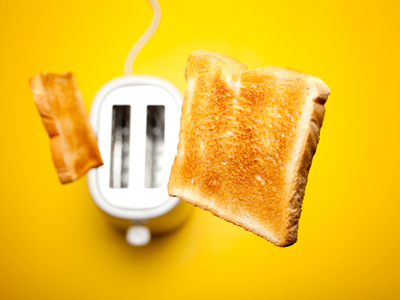
Energy
Join the fun in KS2 Science with this quiz exploring energy in its different forms like heat, light, and movement!
Energy is power that makes things happen. Every action needs energy, even blinking! It's not just in food or fuel; everything has energy. Heat, light, sound, moving, electricity - all types of energy! It can't be made or vanish but can change forms. We talked about heat, light, sound, movement, and electric energy, but how many more do you know? What unit measures energy? What's the name for solar electrical energy? Find out in this cool science quiz!
Boost Your Child's Confidence with QuizzesReady for more?
not all...
quizzers. Try to win a coveted spot on our Hall of Fame Page.







